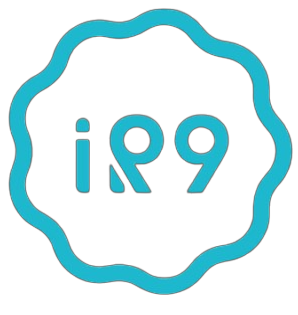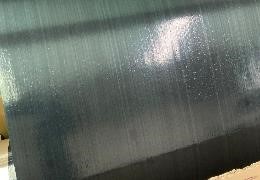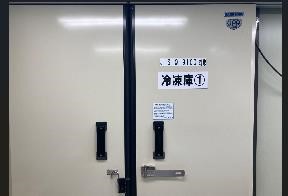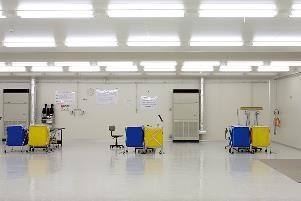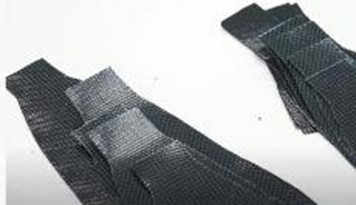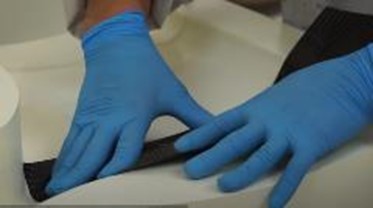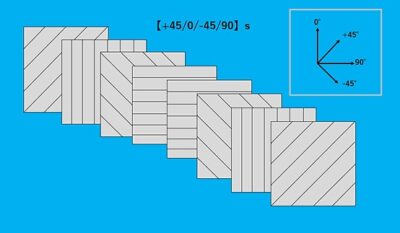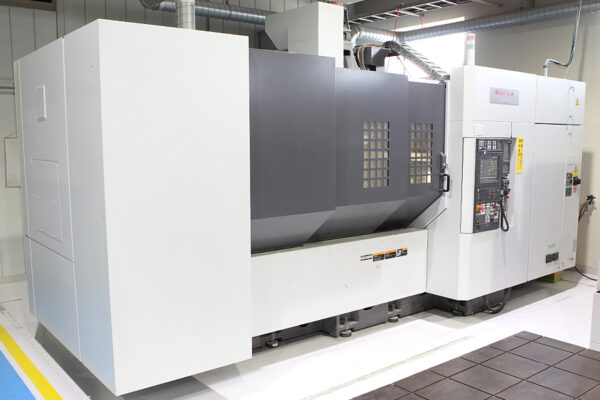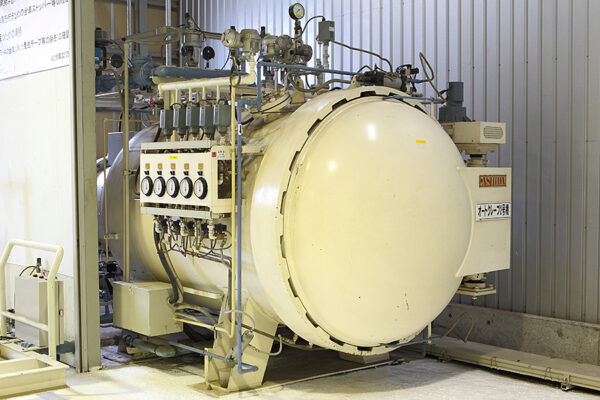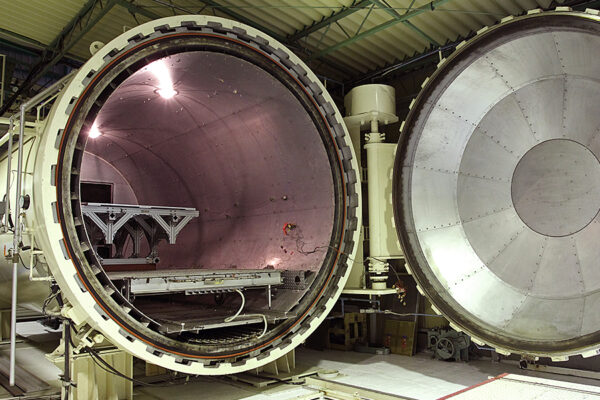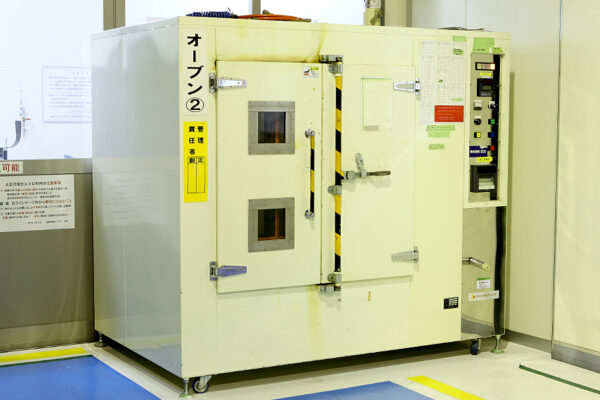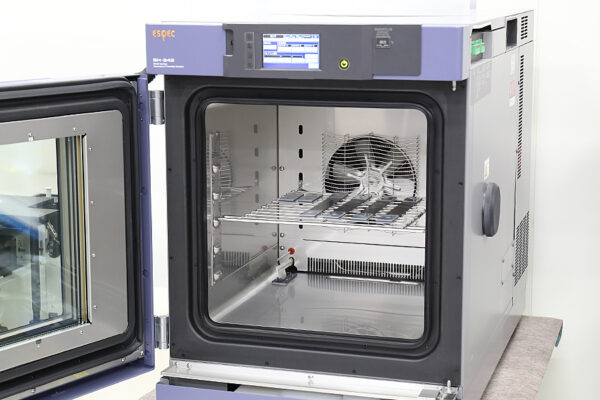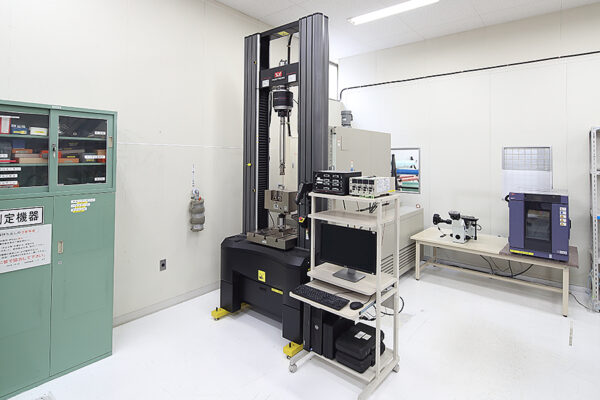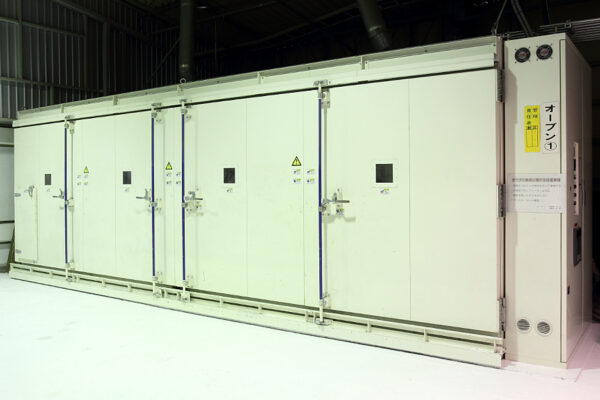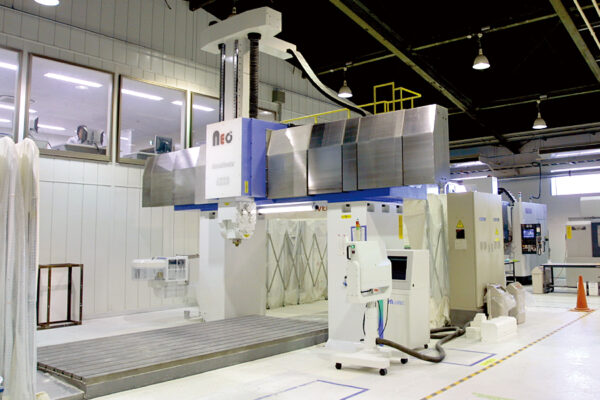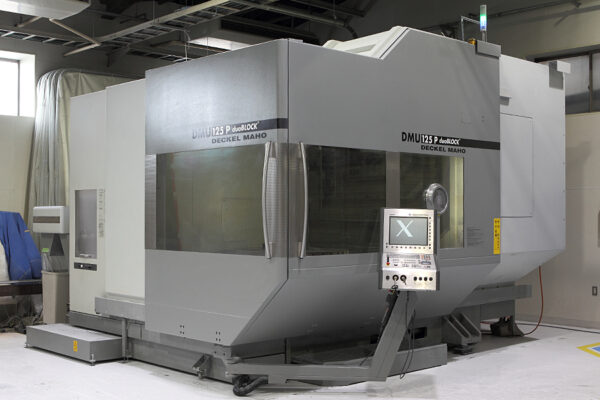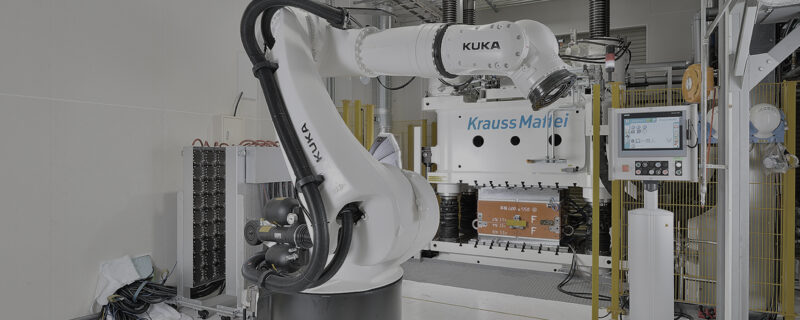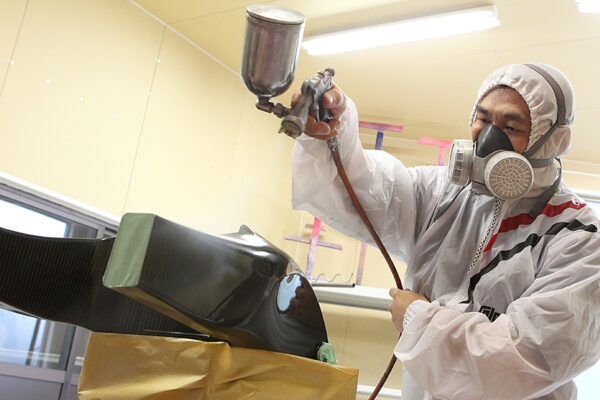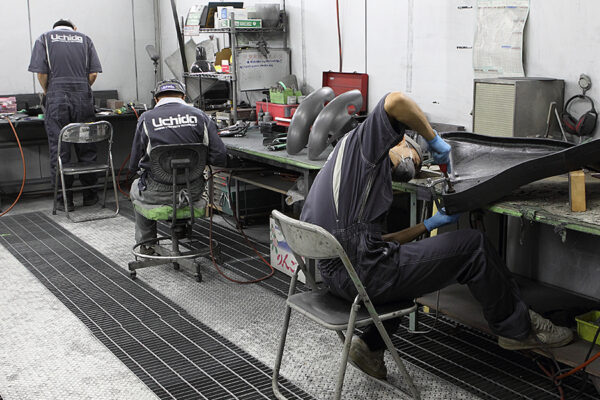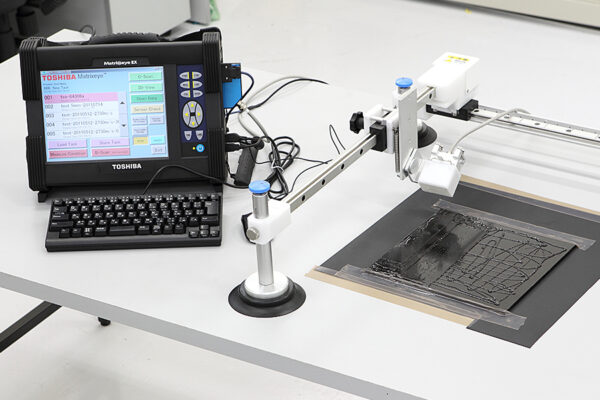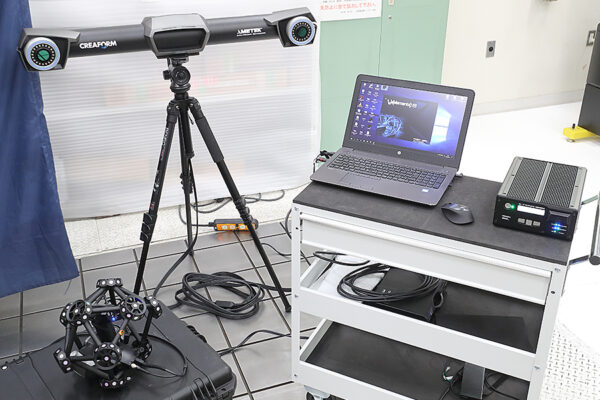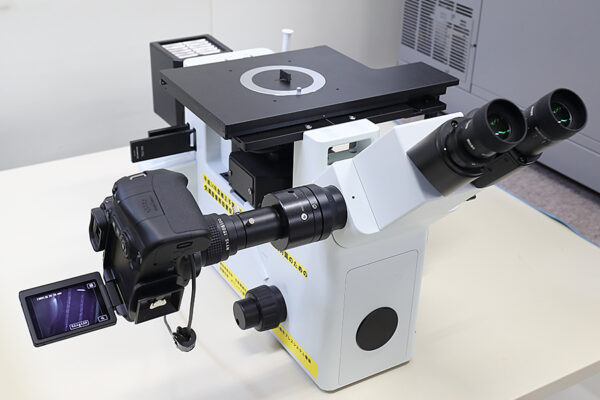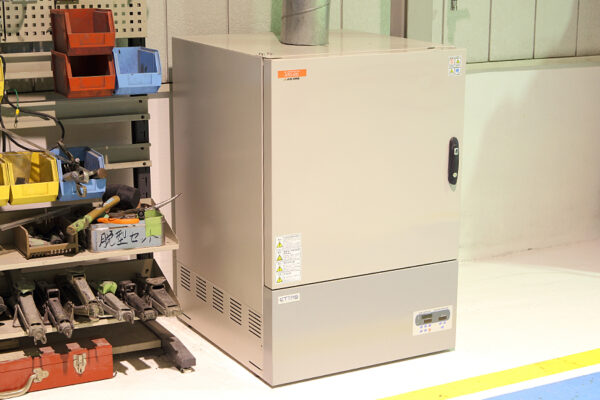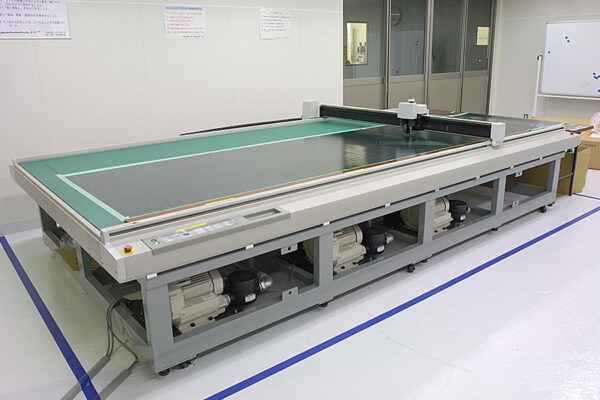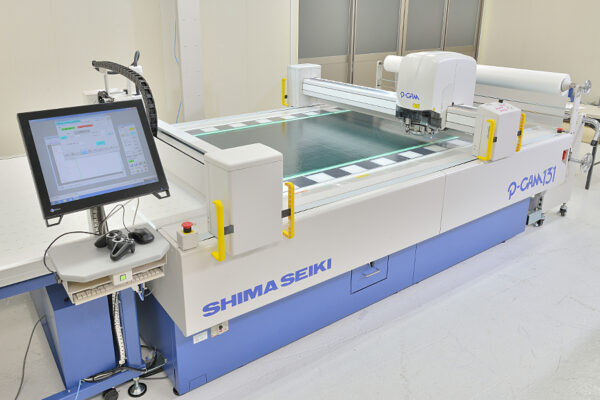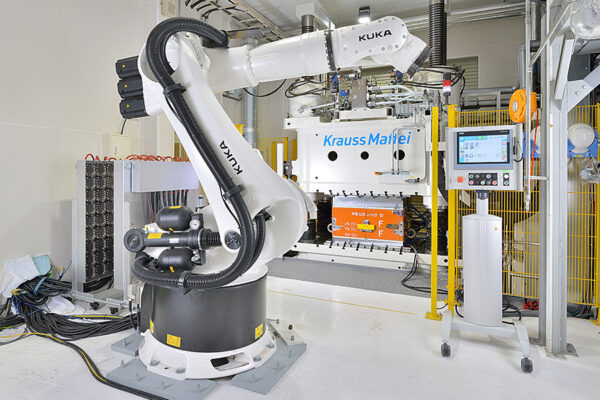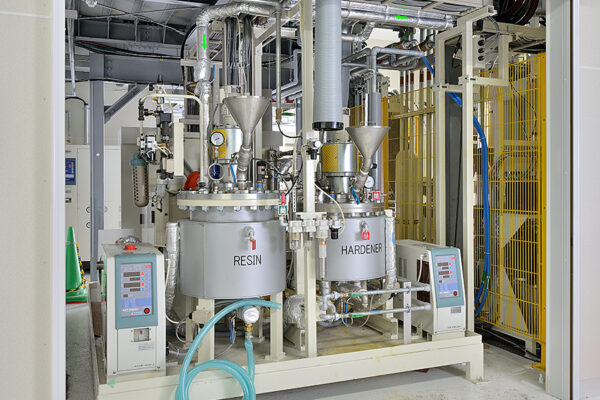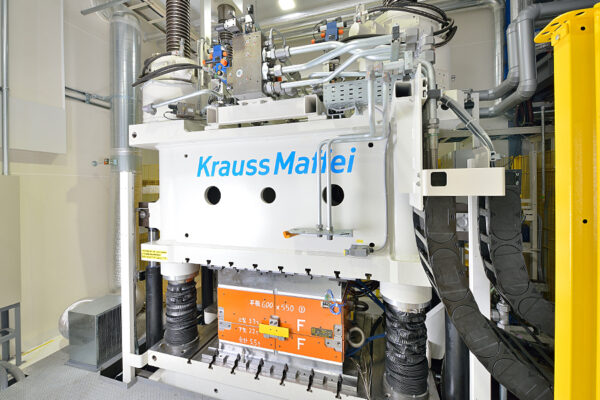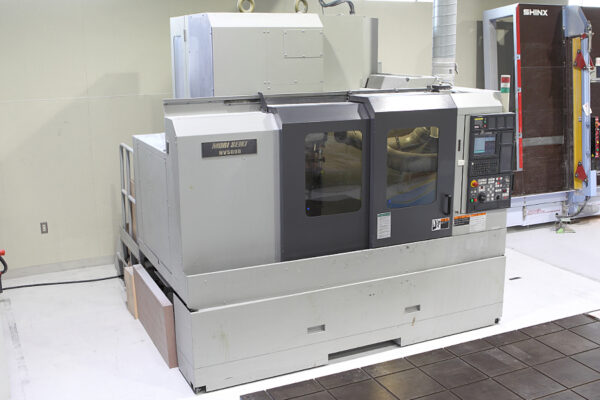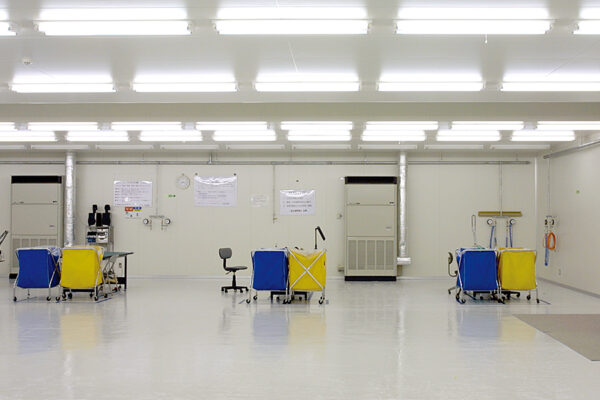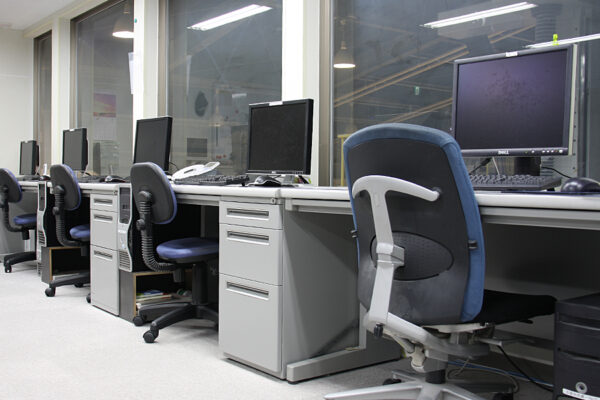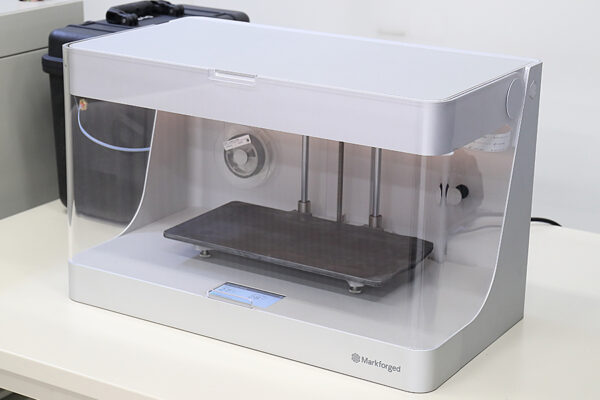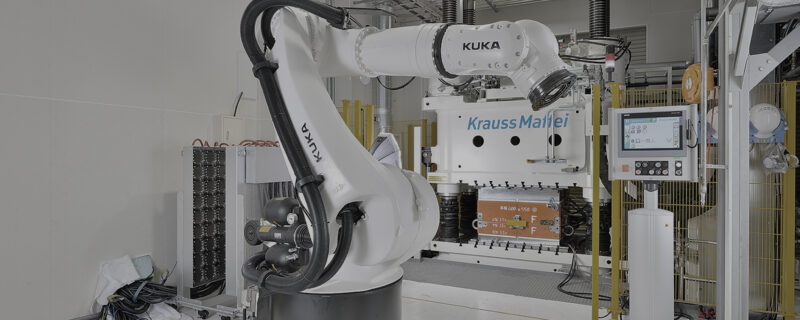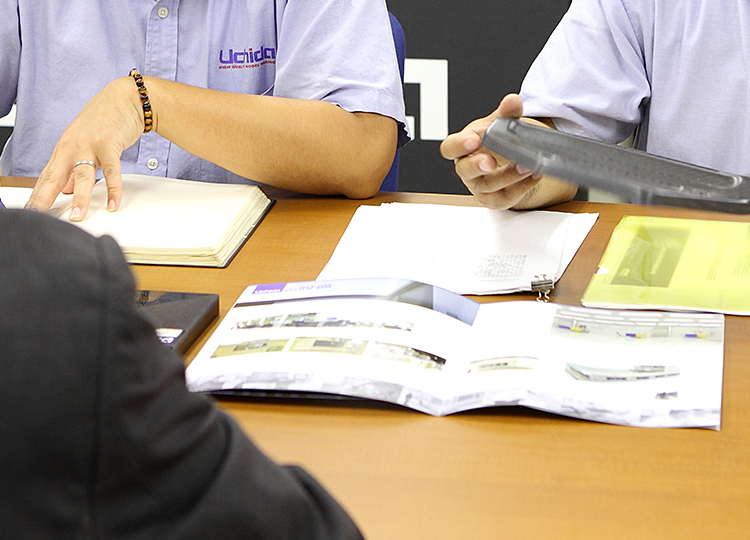Introduction
At Uchida, we pride ourselves on leveraging CFRP and its “strong, lightweight, and non-corrosive” properties toward next-generation mobility and weight reduction. In this issue, we will take you on a tour of the uses of prepregs from our perspective, as a company specializing in FRP molding since our establishment in 1968.
What is CFRP? A Deeper Look at Carbon Fiber Reinforced Plastics
As per the name CFRP (carbon fiber reinforced plastic) is a composite material (type of FRP) whereby a plastic polymer base material is fortified with carbon fibers. The resulting distinctive “lightweight, strong and non-corrosive” qualities has made CFRP a leading material-of-choice across diverse industries and applications.
Carbon fiber itself is a fine yarn-like filament which exhibits exceptional strength but is unable to hold a form on its own. With the product known as CFRP or dry carbon, we composite these strength-obtaining carbon fibers with a plastic polymer to achieve a strong, highly elastic, and formable material.
What are Prepregs?
Prepreg is a common term for a reinforcing material that is pre-impregnated with resin for use in manufacturing composites. The term carbon prepreg simply refers to a prepreg that utilizes carbon fiber as the reinforcing material.
Prepregs are intermediate materials in an uncured state.
The main forms of carbon fiber are a woven cloth type (Cloth) or uni-directional (UD), whereby the fibers are aligned in the same direction.
Prepreg Storage
Prepregs are intermediate materials pre-impregnated, generally, with thermosetting resins such as epoxies. To avoid premature hardening, which would render the resin unstable, they are typically stored in temperatures of -18℃ or below.
Prepreg Lamination (Lay-up)
Prepreg lamination must be performed in a temperature-controlled clean room. If done in high temperature or humidity environments, the prepregs will absorb the humidity leading to post-molding defects.
Next, we laminate the carbon prepregs.
Video on carbon prepreg lamination
Matters of Caution When Laminating
・Make sure to remove the protective film and backing paper.
→ Results post-molding defects.
・As an anisotropic material*, lamination of fiber reinforced plastics and CFRPs must strictly follow the design specification, fiber orientation, sequence, and vacuum degassing processes set out in the product design instructions.
→ While appearing identical with the same thickness, the final product will have vastly different mechanical properties.
→ Mistakes in lamination sequence may result in defects and deformations.
・Take care when laminating curved surfaces to prevent the fibers from wrinkling.
→ Cause defects such as uneven or changes in thickness after post-molding.
・Perform lamination in a clean room and take care to prevent any contaminates or foreign objects from mixing between the layers.
→ Lead to defects.
*An anisotropic material is a material whereby the strength of the material is determined by the orientation of the fibers.
Quasi-isotropic Lamination (Lay-up)
As an anisotropic material, carbon fiber reinforced plastics can be designed to exhibit the required strength in the required direction. Quasi-isotropic lamination (lay-up) is technique that orientates the fibers to achieve equal strength in all directions to simulate the isotropic properties seen in metals and other isotropic materials; hence the name quasi-isotropic.
Post Lamination Vacuum Bagging: “Bagging”
After lamination completion, we apply the auxiliary materials and place the entire preform (lay-up) into a vacuum bag and seal it. This process is referred to as vacuum-bagging, or bagging.
Autoclave Molding (Curing)
Once bagged we insert the preform into the autoclave and commence the curing process.
Summary
In this issue, we looked at how we use intermediary prepreg materials for CFRP manufacturing, in the hope of providing you with a better understanding of the entire process.
Related useful contents
You can explore related content by clicking on a topic of interest.
ABOUT UCHIDA - 55 years since our founding
We leverage a wealth of technical expertise as a CFRP molding and processing manufacturer using FRP, GFRP, and CFRP materials. We offer a one-stop solution, encompassing design, analysis, manufacturing, secondary processing, assembly, painting, quality assurance, and testing.
UCHIDA's equipment
We have cutting-edge equipment to ensure that we can address even the most advanced challenges of our customers.
Video Library
In the following video, we provide a detailed overview of our manufacturing process. Please feel free to watch and learn more.

